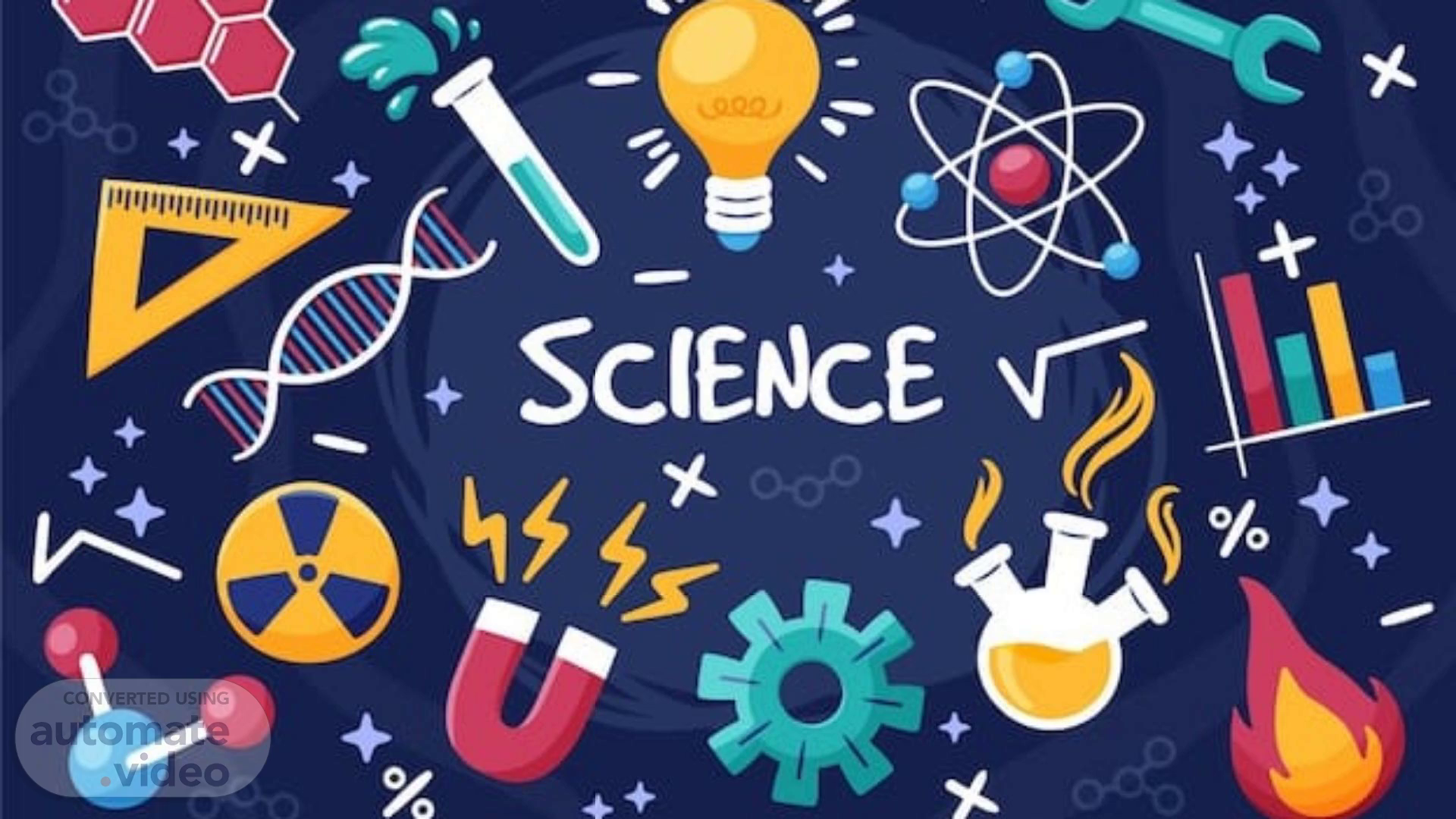Scene 1 (0s)
SCIENCE v--.
Scene 2 (5s)
"Exploring Clostridium: From Pathogens to Biotech Applications".
Scene 3 (21s)
[image] A close up of a group of bacteria Description automatically generated.
Scene 4 (41s)
Clostridium botulinum and Botulism. What is Clostridium botulinum? Produces a potent neurotoxin causing botulism. Causes of Botulism: Contaminated food, wound infections, infant botulism. Prevention: Proper food handling, canning, and pasteurization methods..
Scene 5 (57s)
Overview: Clostridium tetani produces the tetanus toxin (tetanospasmin). Symptoms: Muscle stiffness, spasms, lockjaw. Prevention: Vaccination (DTaP, Tdap) and immediate wound care..
Scene 6 (1m 18s)
Role in Disease: Leading cause of antibiotic-associated diarrhea. Mechanism: Toxin production damages the intestinal lining. Prevention and Treatment: Judicious antibiotic use, fecal microbiota transplantation..
Scene 7 (1m 34s)
Dual Role: Causes food poisoning and gas gangrene. Symptoms: Abdominal pain, diarrhea (food poisoning), severe tissue damage (gas gangrene). Prevention: Proper cooking and storage of food, hygiene in wound management..
Scene 8 (1m 51s)
Environmental Role: Natural inhabitants of soil, crucial for organic matter decomposition. Reservoir for Disease: Potential source of infection for humans and animals..
Scene 9 (2m 6s)
Applications: Biofuel production (e.g., Clostridium acetobutylicum), bioremediation. Benefits: Renewable energy production, environmental cleanup..
Scene 10 (2m 22s)
Role in Gut Health: Some species contribute to a healthy gut microbiota. Potential Risks: Dysbiosis can lead to infections..
Scene 11 (2m 36s)
[image] A close up of an x ray of a body Description automatically generated.
Scene 12 (2m 52s)
THANK YOU FOR YOUR CO-OPERATION.. Colourful garland on wooden background.
